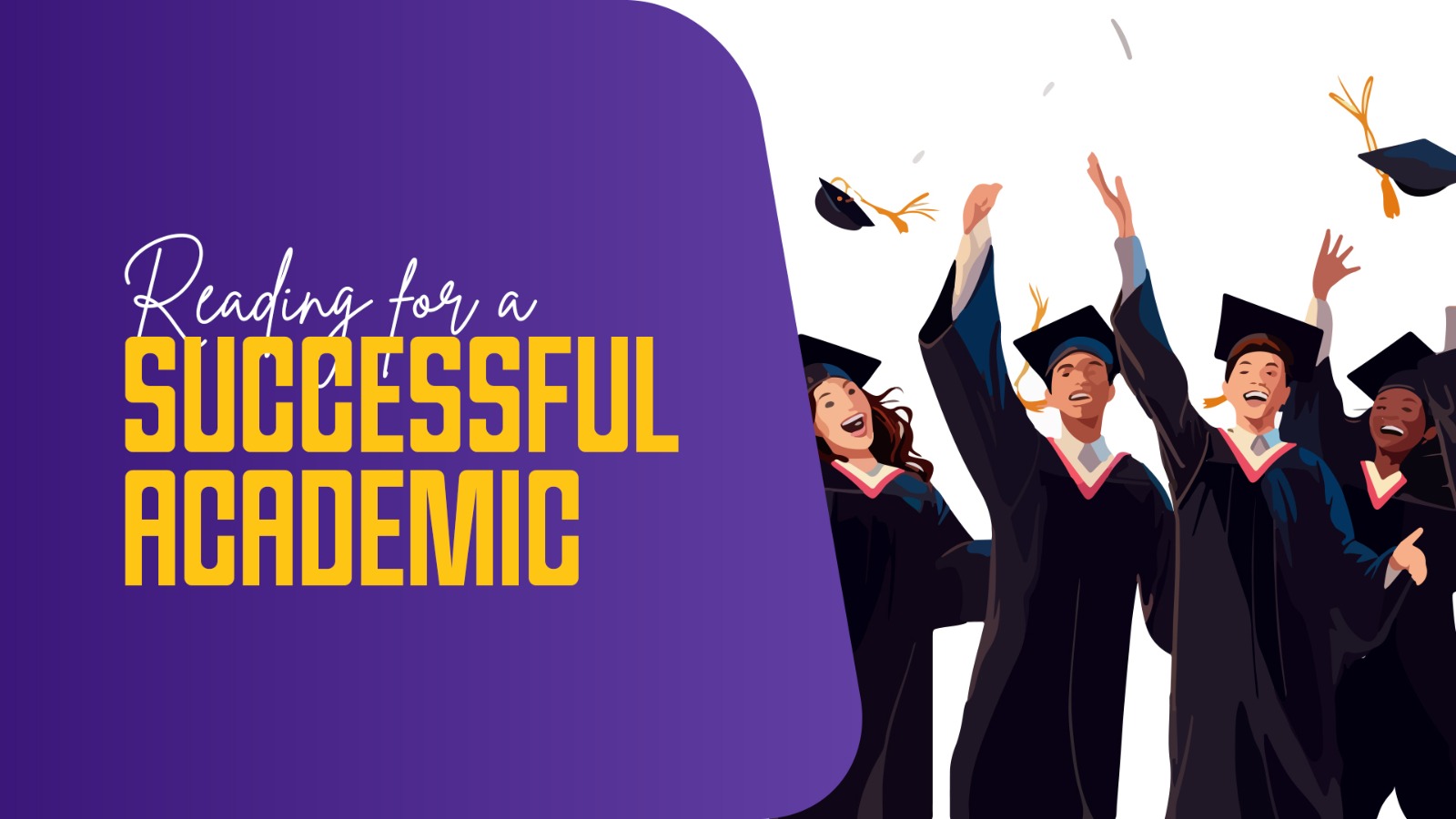The Role of Active Reading in Academic Success: Techniques for Students




Have you ever wondered how some people breeze through their books while taking exams? The secret isn't
just in reading but in active reading.
Reading is one of the most powerful tools for academic success
but if you aren't using the right techniques, you might be putting in the effort without seeing the results. In this blog, we’ll discuss how active reading helps students and adults, share tips for increasing reading speed, and provide fun yet practical ways to transform how you read.
Reading is to the mind what exercise is to the body.” – Joseph Addison
Active reading isn’t just reading words on a page—it’s about engaging with the material, thinking critically, and understanding deeper concepts. It helps build connections between the information you already know and the new ideas you are absorbing. This approach ensures you’re not just reading for the sake of it but making the content stick.
| Active Reading | Passive Reading |
| Engaging with the text | Reading without purpose |
| Asking questions | No analysis of the text |
| Taking notes and summarizing | No note-taking |
| Understanding concepts deeply | Skimming through the surface of ideas |
1. Improved Comprehension:
Active reading ensures better understanding, which helps when tackling complex subjects. This leads to more effective learning.
2. Retention:
By actively engaging with the text, your brain retains information better. Instead of just recognizing the information, you begin to own it.
3. Critical Thinking:
Engaging with texts helps improve critical thinking. When reading actively, you're not just taking information at face value—you’re questioning, evaluating, and connecting it with prior knowledge.
4. Enhanced Focus:
When you read actively, distractions become minimal. You’re absorbed in the text, which boosts concentration levels and ensures that you are present in the moment.
Here are some practical strategies that can help you adopt active reading and increase your academic success:
1. SQ3R Method
The SQ3R method is one of the most recommended approaches for active reading:
- Survey: Quickly review the material for a general understanding.
- Question: Transform headings and subheadings into questions.
- Read: Read the content while actively seeking answers.
- Recite: Summarize or speak out key points.
- Review: Revisit and review your notes or summaries to reinforce learning.
2. Highlight and Annotate
Make reading interactive by using a highlighter to mark important points and scribble your thoughts in the margins. By engaging with the text, you’ll ensure that you’re actively participating in the learning process.
3. Mind Mapping
Creating mind maps helps visualize the connections between various ideas. This technique improves understanding and helps you remember the content easily, as it visually organizes information.
4. Speed Reading Techniques
Here are some ways to increase your reading speed without compromising comprehension:
- Skimming and Scanning: Learn to differentiate between important and less important information.
- Avoid Subvocalization: Reduce the habit of reading every word aloud in your mind.
- Use a Pointer or Guide: Use your finger or a pen to guide your reading, which helps increase speed by reducing backtracking.
Expert Opinion
Dr. Rachel Knight, a cognitive psychologist, suggests, “Active reading helps learners process and retain information efficiently. By utilizing techniques like mind mapping or the SQ3R method, students can significantly improve comprehension and recall, which is essential for academic success.”
Now look at the chart showing the academic Benefits of Speed Reading
As the pie chart shows, speed reading not only saves time but also boosts comprehension and focus, two major benefits for academic success.
Active reading doesn’t have to be dull! Here are some quirky ways to make reading more fun and engaging:
- Gamify Your Reading: Set challenges like “how fast can you finish this chapter?” and reward yourself.
- Group Discussions: After reading, have a discussion with friends to share perspectives and insights.
- Create Doodles: Illustrate concepts with quick doodles in the margins, which will help you visualize ideas better.
Active reading engages the reader in critically analyzing and understanding the content, whereas passive reading simply involves reading without purpose or comprehension.
Speed reading helps students absorb information faster, improves focus, and enables better time management, crucial for academic success.
Avoid subvocalization, use a pointer, and practice skimming and scanning. Start by timing your reading and gradually increase your speed.
Active reading is most beneficial for academic texts or complex materials that require deep understanding. It may not be necessary for light reading or entertainment.
If you find yourself not being able to summarize or recall key points after reading, you may be sacrificing comprehension for speed. Always check your understanding.
Yes, active reading is one of the best techniques for exam prep as it helps retain information, improve comprehension, and enhance critical thinking.